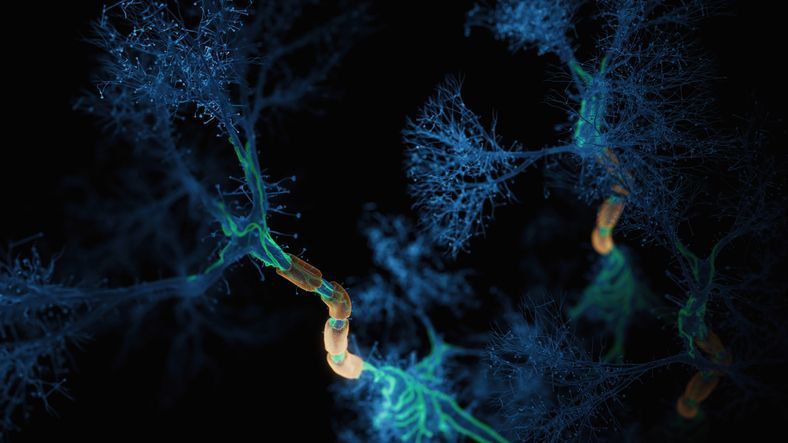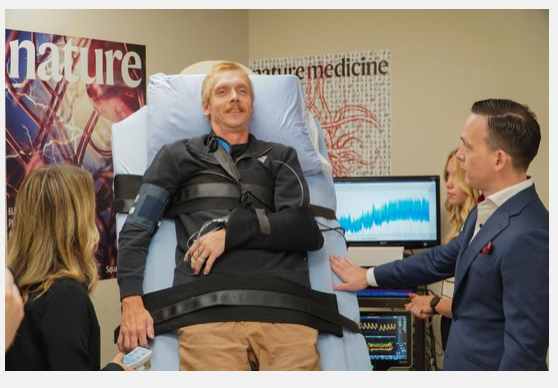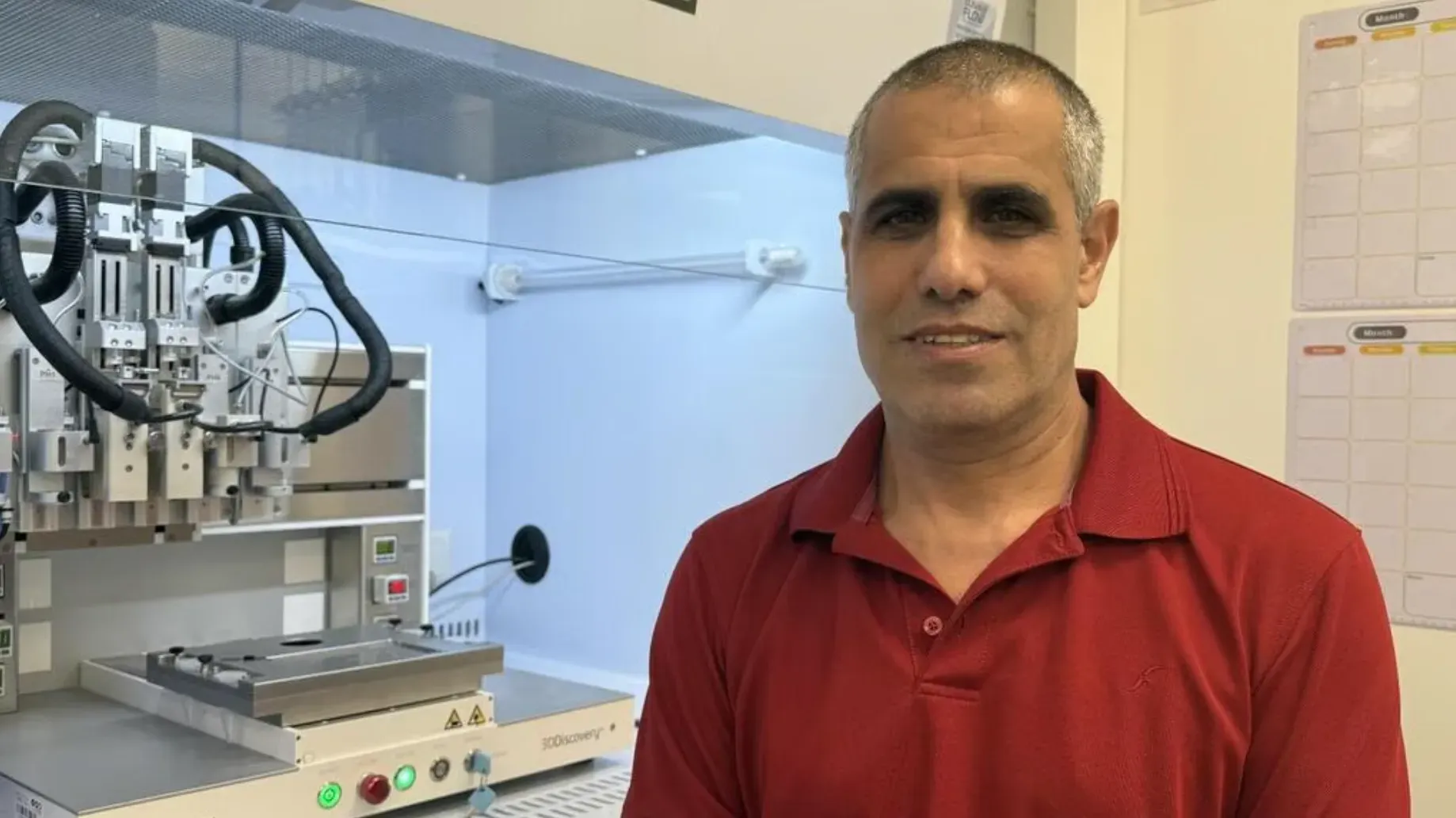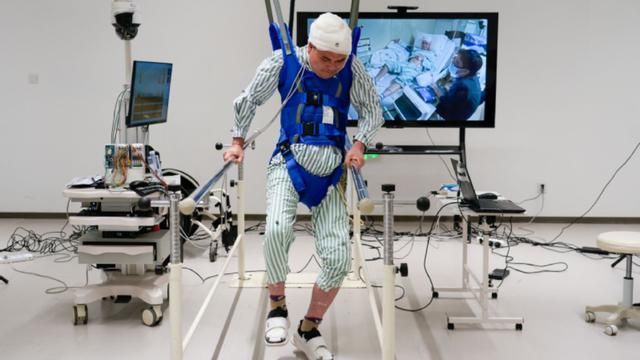Proposal on spinal cord injury submitted to the Council of Europe
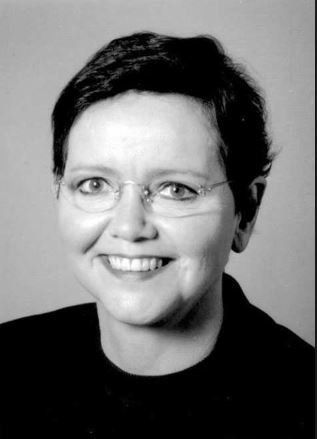
WRITTEN BY - ON 28 MARCH 2019. POSTED IN LETTERS.
At the initiative of Lára Margrét Ragnarsdóttir, former member of the parliament of Iceland, and the Chairman of the Health Committee of the Council of Europe, a proposal was submitted to the Council in 2002 on measures for spinal cord injury treatment. The European Council approved the proposal, but the Council’s Committee of Ministers did not. Read: Recommendation 1560 (2002)
Recommendation 1560 (2002)
Towards concerted efforts for treating and curing spinal cord injury
Author(s): Parliamentary Assembly
Origin - Assembly debate on 26 April 2002 (16th Sitting) (see Doc. 9401Doc. 9401, report of the Social, Health and Family Affairs Committee, rapporteur: Mr Ouzký). Text adopted by the Assembly on 26 April 2002 (16th Sitting).
- The Parliamentary Assembly notes with concern that there are estimated to be at least 330 000 people living with spinal cord injury (paraplegia and tetraplegia) in the member states of the Council of Europe, with about 11 000 new cases every year. Some 40% to 50% of these injuries are the result of road accidents and most occur at a young age.
- he Assembly emphasises that policies in regard to people with disabilities should be consistent with human rights principles as reflected in the relevant Council of Europe instruments and seek to promote dignity, independence, equality of opportunity, active participation, full citizenship and quality of life. These objectives can be served, among other things, by progress in the search for a cure for spinal cord injury.
- The Assembly underlines that advances made in healthcare and emergency health services have resulted in increasing numbers of people with spinal cord injury surviving and living relatively satisfactorily in the community with their disability, often in a wheelchair and for a near average lifespan.
- For lack of a cure, that is, neurological restoration leading to functional recovery, priority so far has been given to rehabilitation aimed at increasing functioning and alleviating the symptoms of people with spinal cord injury. Despite high hopes that current research will lead to a cure, the present reality is that interdisciplinary rehabilitation is the only effective treatment that can be provided.
- Nevertheless, the last ten years have seen remarkable developments in scientific research relating to spinal cord injury. For example, the regeneration of the central nervous system is no longer considered impossible. The transplantation of embryonic neurons below a complete spinal transection in paraplegic adult rats has permitted total restoration of reflex locomotion. This is, up to now, the most convincing evidence of significant progress in this field.
- The Assembly believes that, as part of a comprehensive policy for people with disabilities, more intensive efforts must be made to achieve further progress in research designed to bring about a cure for spinal cord injury, and that it is also indispensable to increase the possibilities for rehabilitation with a view to maximising the active life of those with spinal cord injuries. Services aimed at rehabilitation should not be neglected and should be provided effectively and fairly, it being particularly important to provide care and access to treatment for the most disadvantaged, including in developing countries.
- The Assembly is aware of the great direct and indirect economic costs generated by spinal cord injuries. In the United States, the aggregate costs of spinal cord injury have been estimated at US$9.73 billion per year, and the lifetime costs for an individual with tetraplegia at one million dollars. These figures, which are certainly higher in the wider Europe, highlight the importance of promoting prevention and financial support for spinal cord research. Council of Europe member states should make greater concerted efforts with a view to supporting and financing research in this area. In this way there could be considerable cost savings.
- The Assembly therefore recommends that the Committee of Ministers:
urge the member states:
a. to step up funding, at national level, for research into treating and finding a cure for spinal cord injury-induced paralysis, and explore the possibility of raising additional funding from road traffic violation fines, revenue on alcoholic beverages and taxes on health insurance premiums;
b. to join together in promoting the establishment of a World Health Organisation (WHO) collaboration centre for the co-ordination of research and development concerning spinal cord injuries, financed with all available resources, both public and private, with a view to making cost savings through joint efforts;
c. to promote, with the WHO, and in a concerted manner, the setting up of a research database aimed at the treatment and cure of spinal cord injuries. This database would pool all existing and future medical and scientific material on spinal cord injuries, and ensure effective co-operation between doctors and researchers from all over the world with a view, among other things, to developing international spinal cord injury care models;
d. to promote, with the WHO, the systematic collection and comparison of statistics and the harmonisation of medical terminology relating to spinal cord injury;
e. to initiate or step up advertising campaigns designed to reduce road traffic accidents, falls, violence, and the consumption of drugs and alcohol, which are seasonally targeted, where appropriate, to coincide with periods of increased incidence of spinal cord injury, such as summer or winter holidays;
f. to establish specialist spinal cord injury departments where necessary within accident and emergency centres, with a view to making them more accessible to those in need of treatment or rehabilitation, even in low population density areas;
g. to expand co-operation between doctors and scientific researchers from developed and developing countries so that appropriate healthcare for all people with spinal injuries is available;
h. in this context, to observe the principles governing data protection and patients’ rights set out in the relevant Council of Europe instruments (the Convention for the Protection of Individuals with regard to Automatic Processing of Personal Data (ETS No. 108), and Committee of Ministers Recommendations Nos. R (86) 1, R (97) 5, R (97) 18 and R (2000) 5);
instruct the appropriate intergovernmental committees to develop measures and strategies to promote spinal cord injury research and prevention as a specific contribution to the European Year of Persons with Disabilities 2003.
9. Lastly, the Assembly requests that this recommendation be forwarded to the relevant authorities in every member state, and also to the World Health Organisation and the institutions of the European Union.
